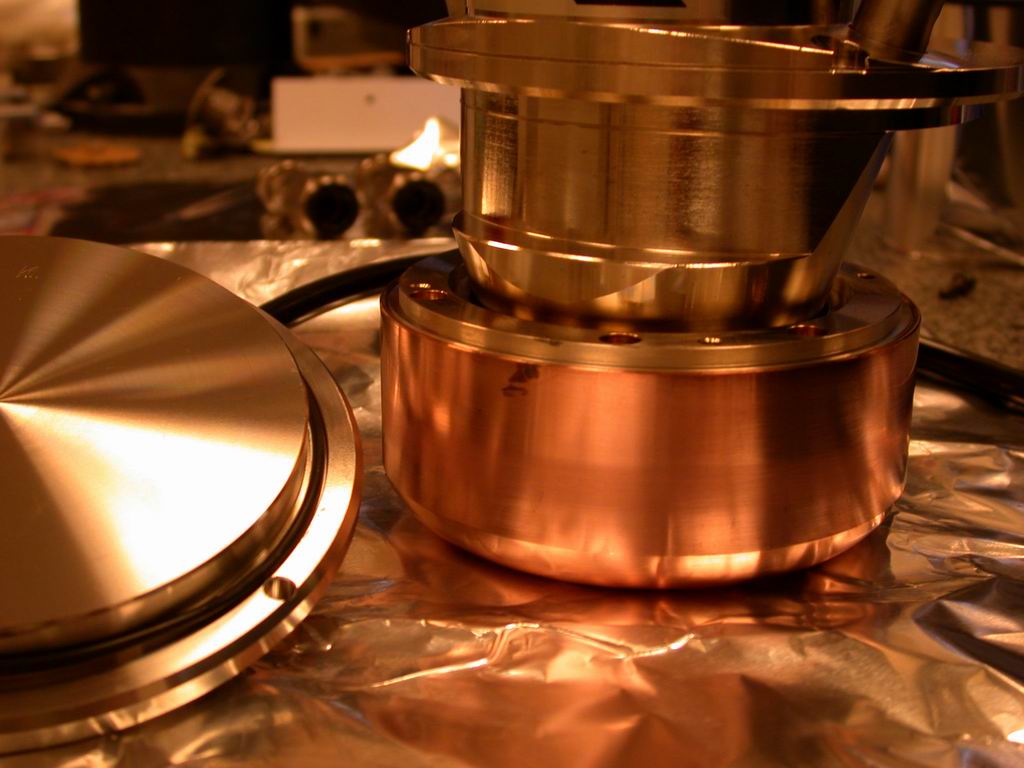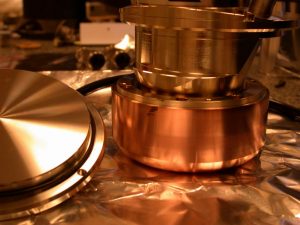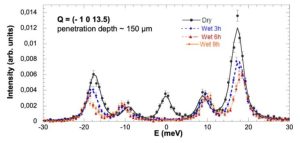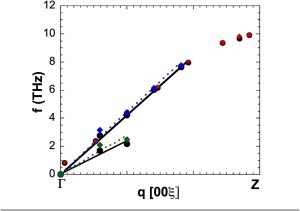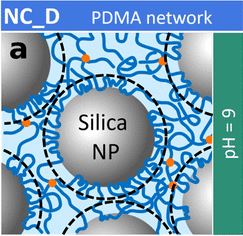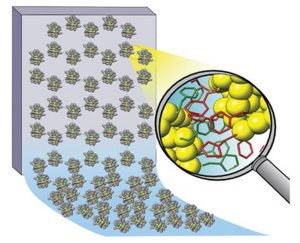Les rayons X, rayonnement électromagnétique au delà de l’ultra-violet lointain, couvrent une gamme de longueur d’onde autour du dixième de nanomètre. Cette distance est de l’ordre de la distance entre atomes dans la matière condensée. Ainsi les rayons X peuvent interagir avec ces atomes (diffraction) ou les électrons (diffusion).
La diffraction de rayons X permet ainsi de sonder la matière, et d’obtenir des informations sur la structure, l’ordre et la composition des matériaux.
La diffusion des rayons X (angles plus petits) permet d’obtenir des informations sur les fluctuations de densité électronique, et donc l’organisation des matériaux hétérogènes.
